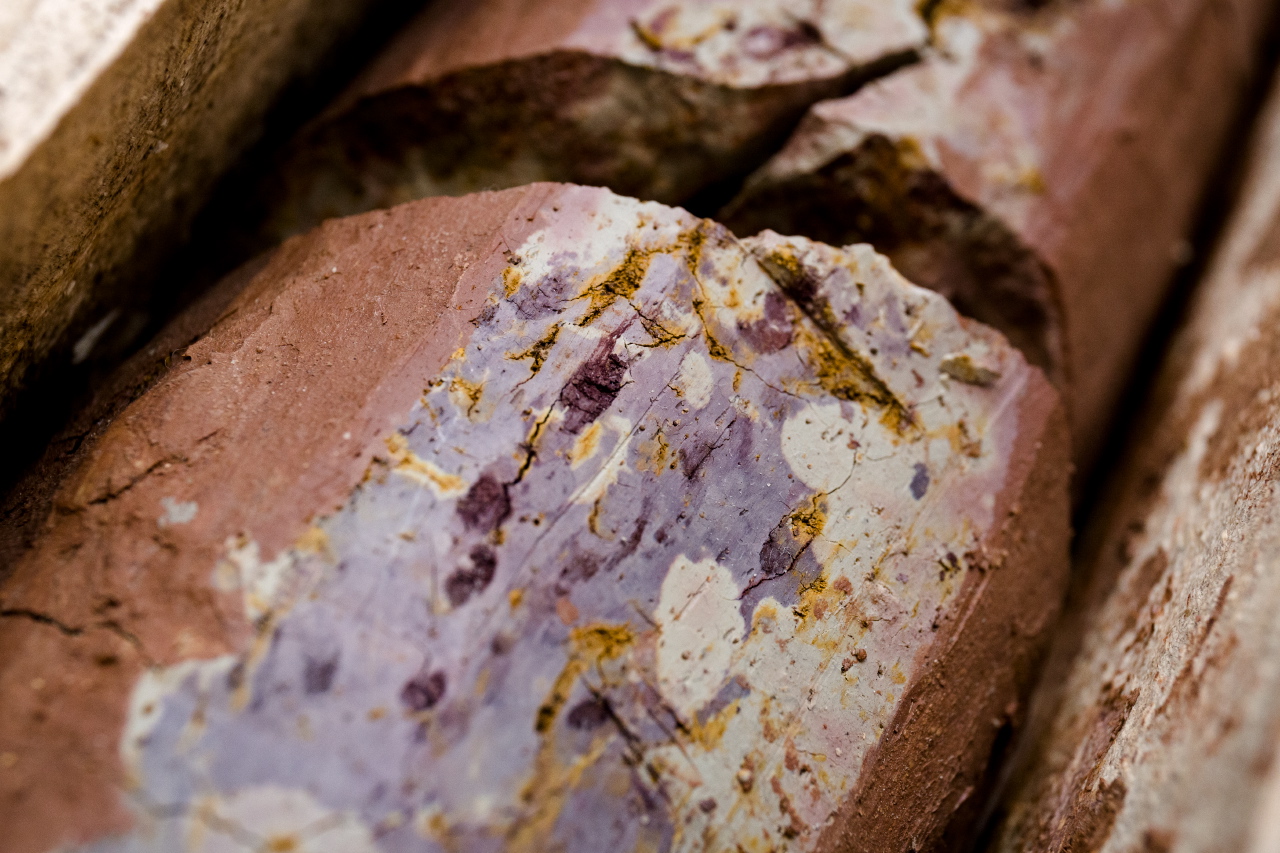
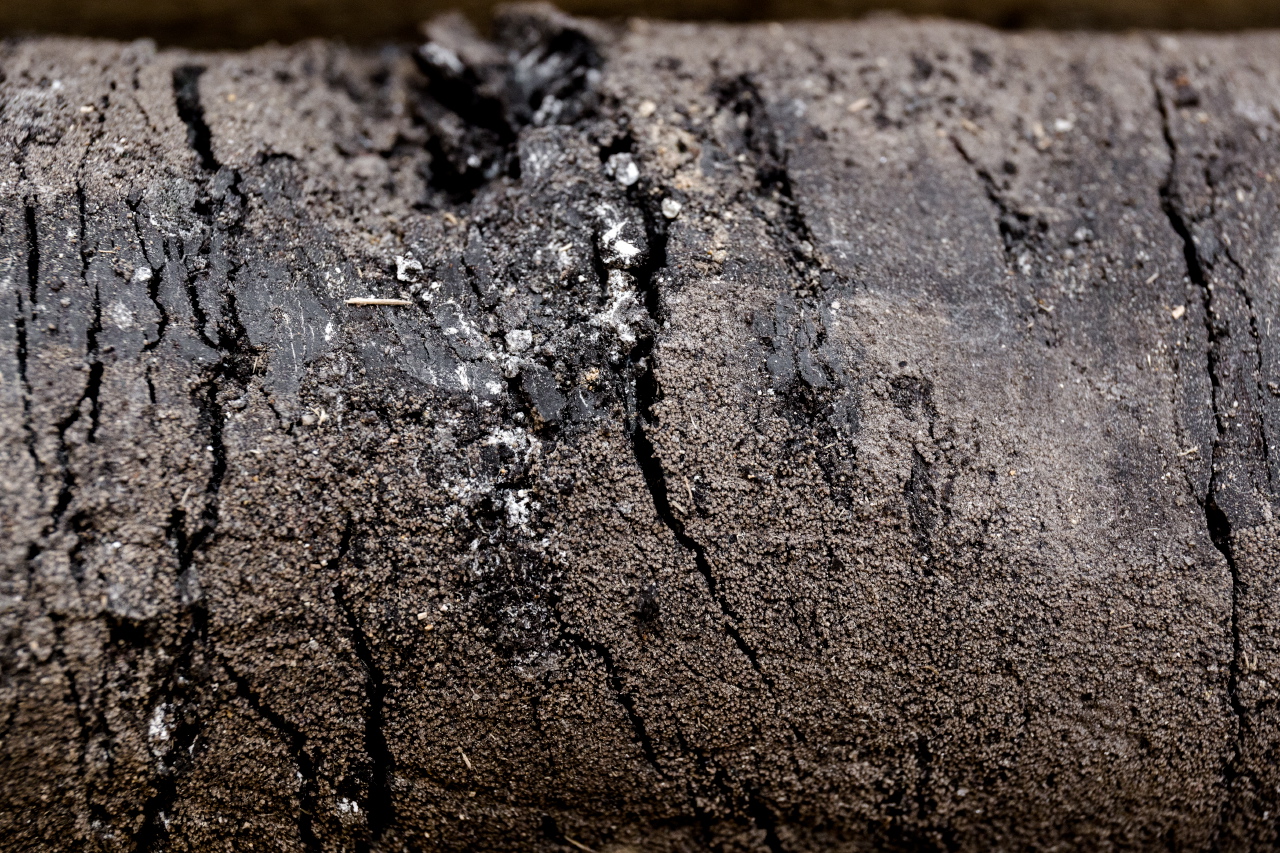
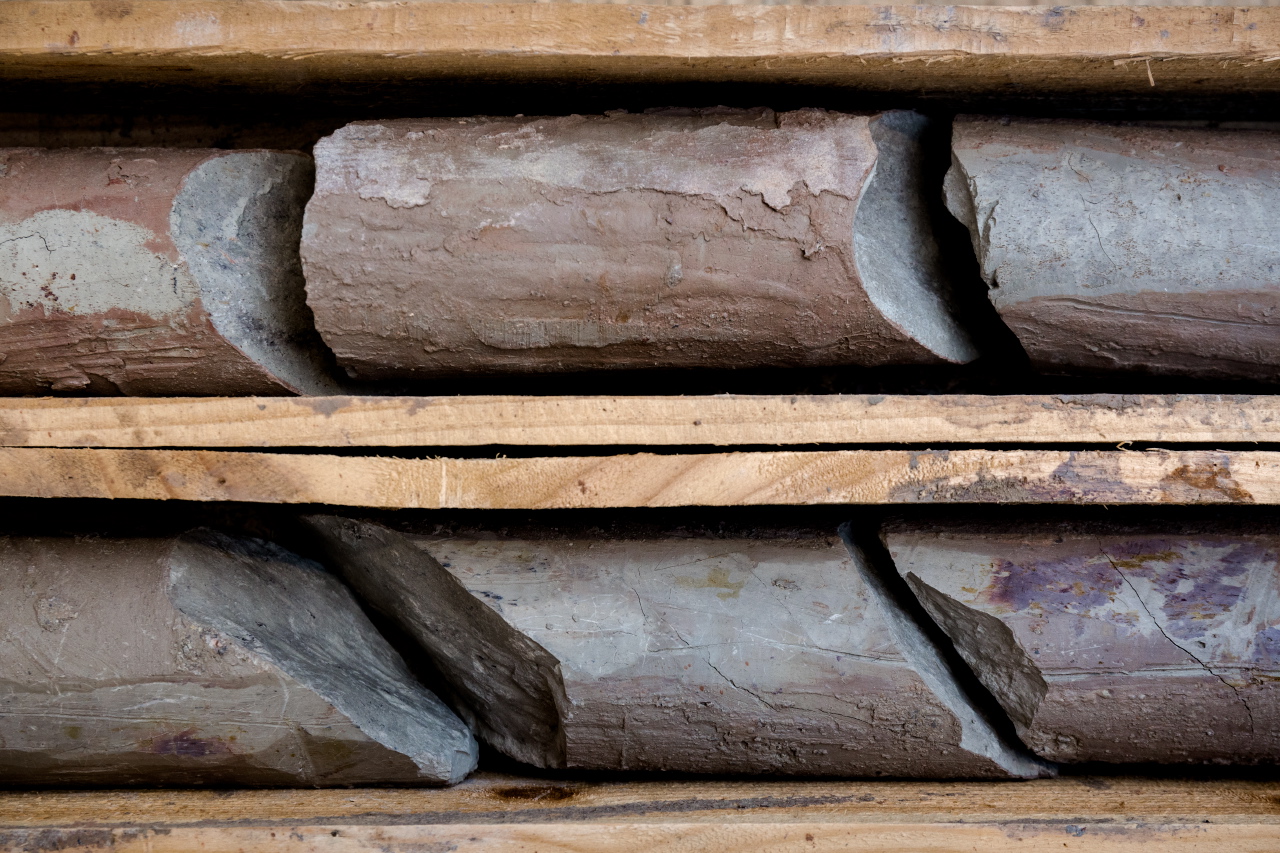
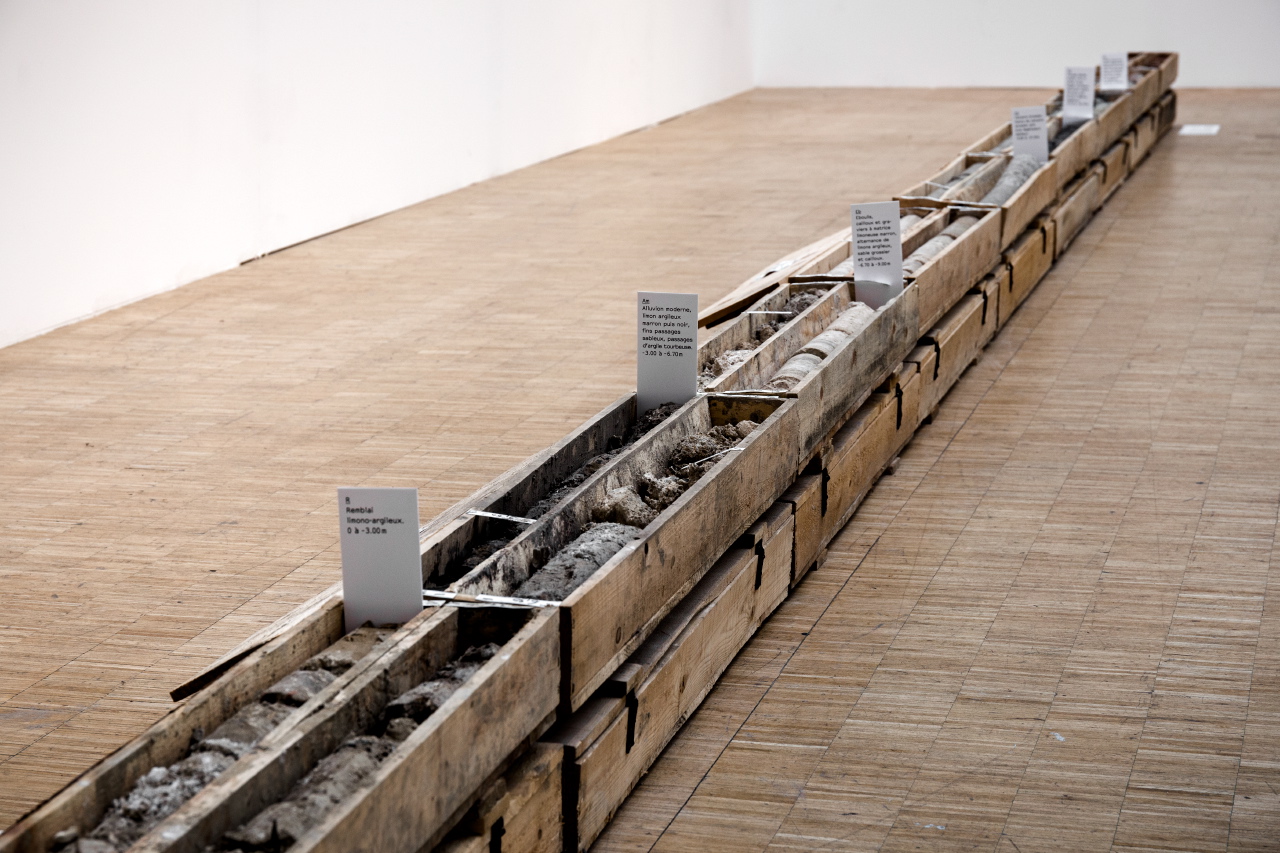
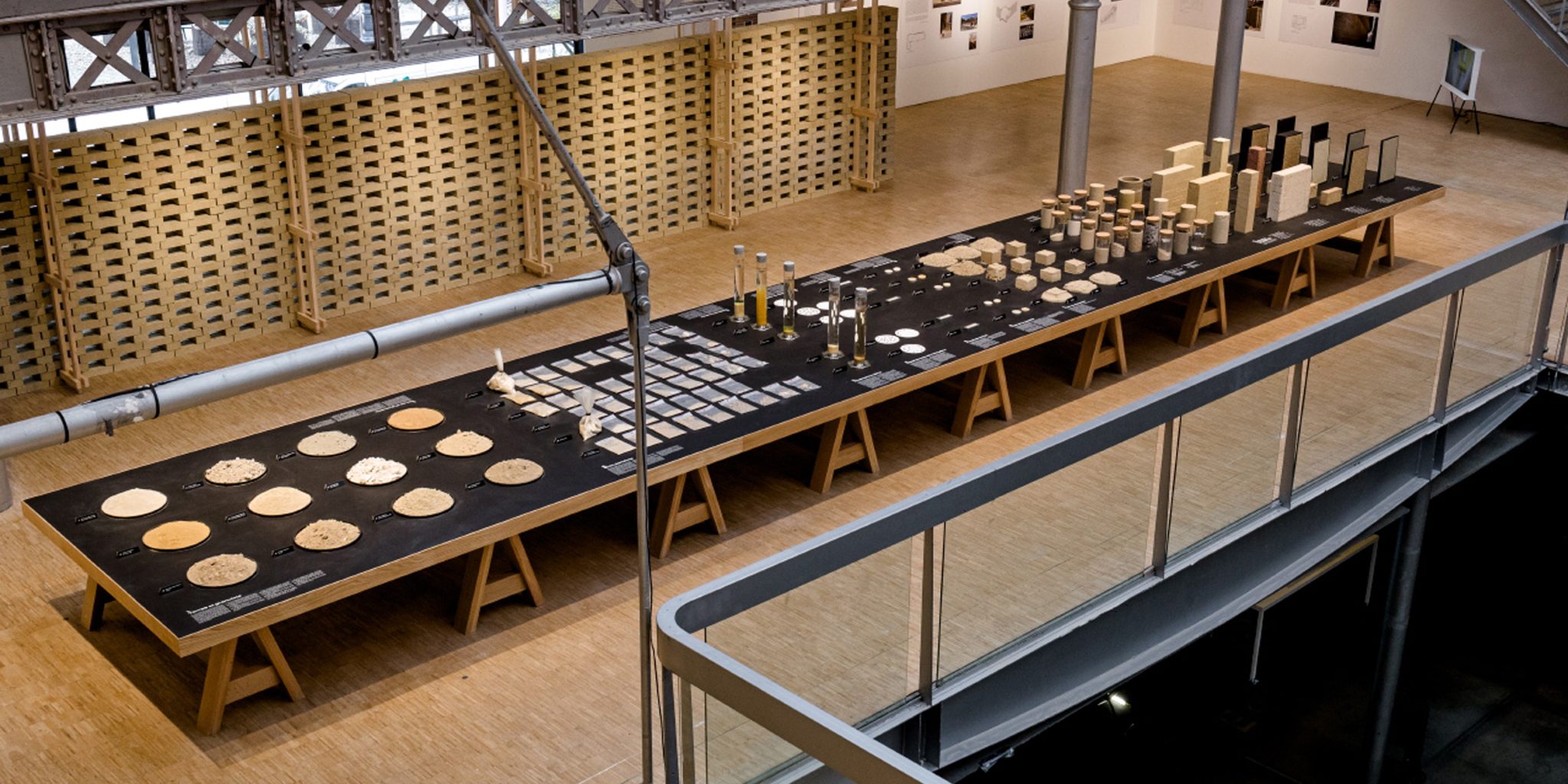
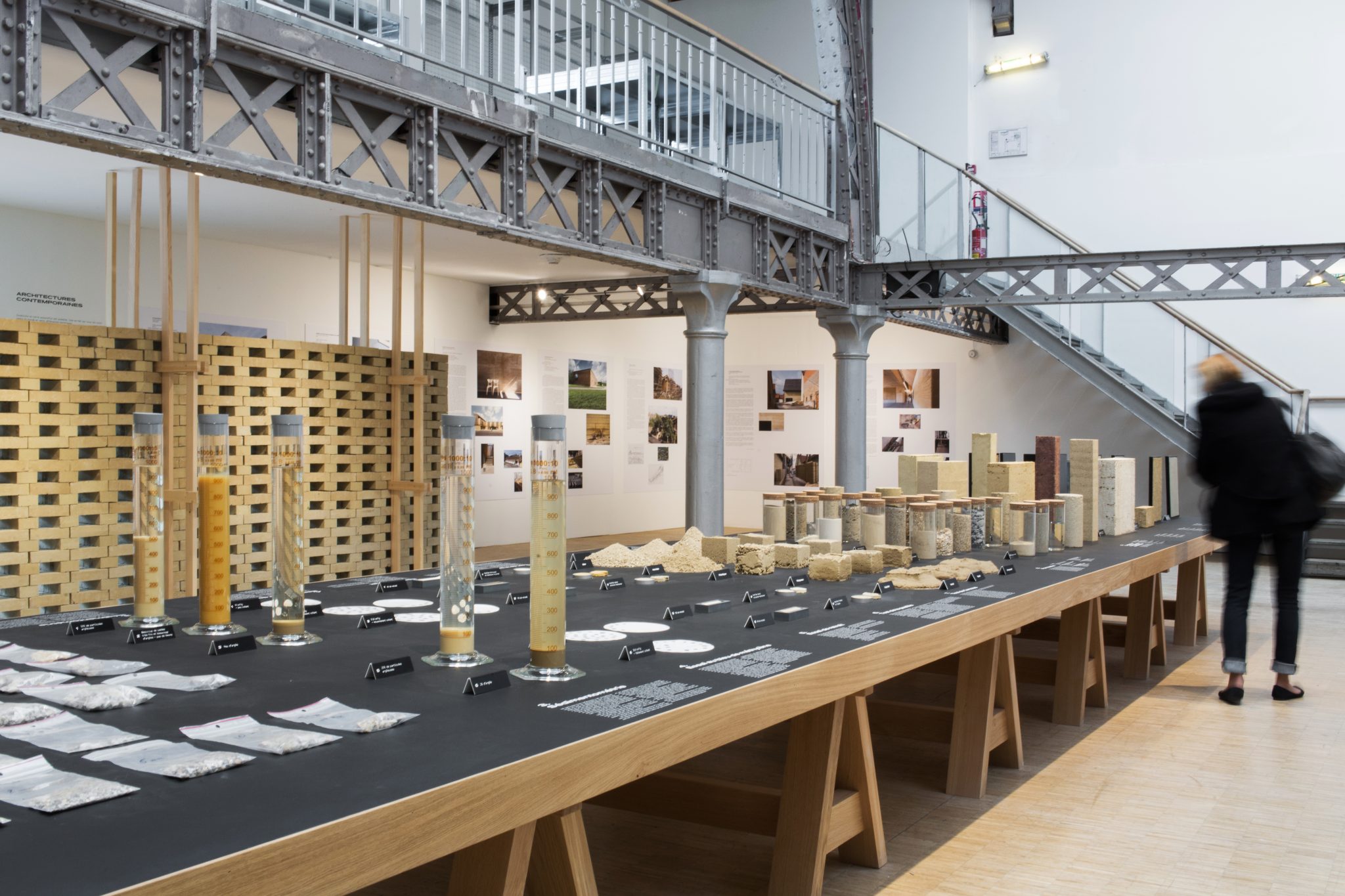
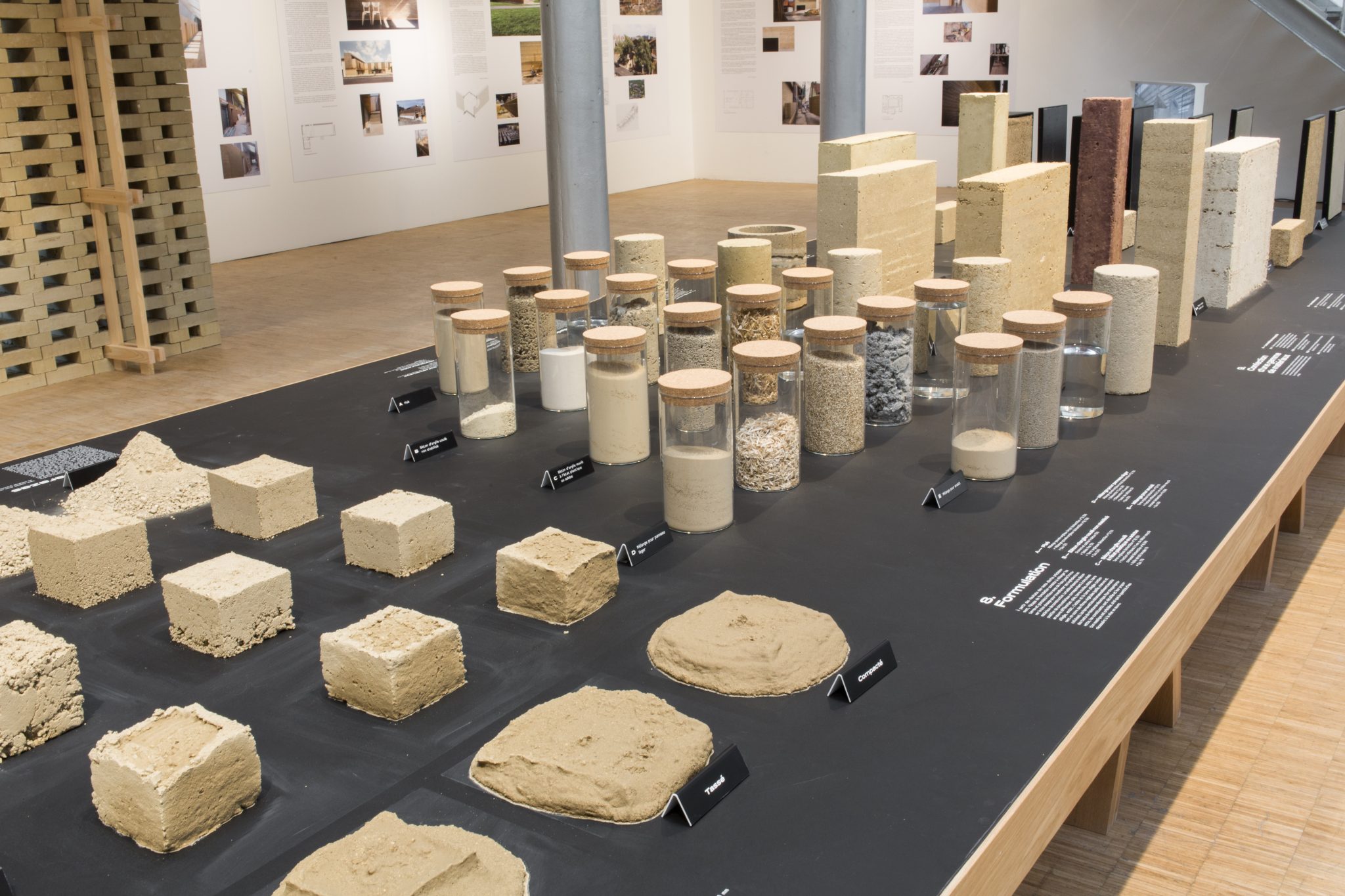
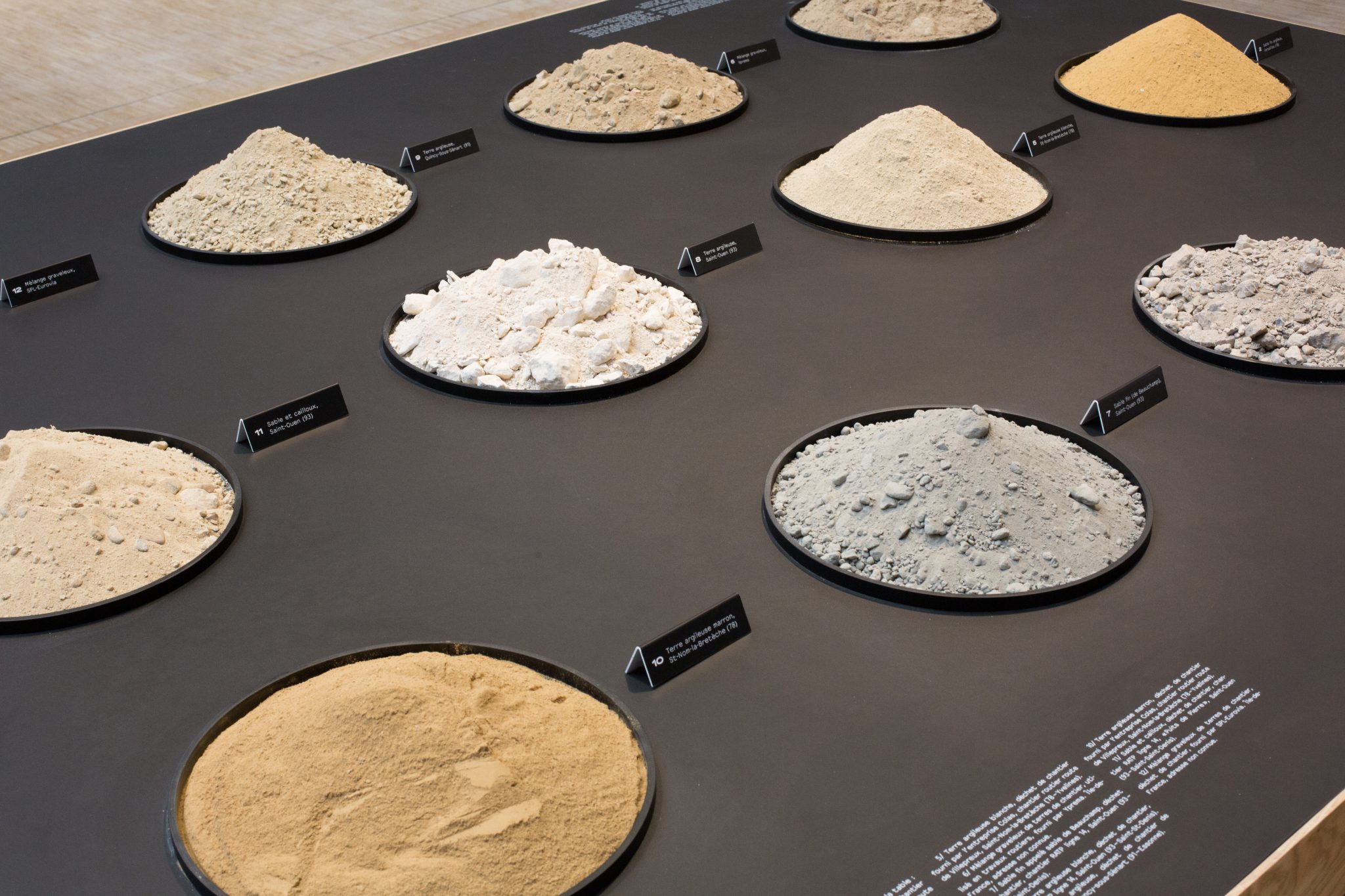
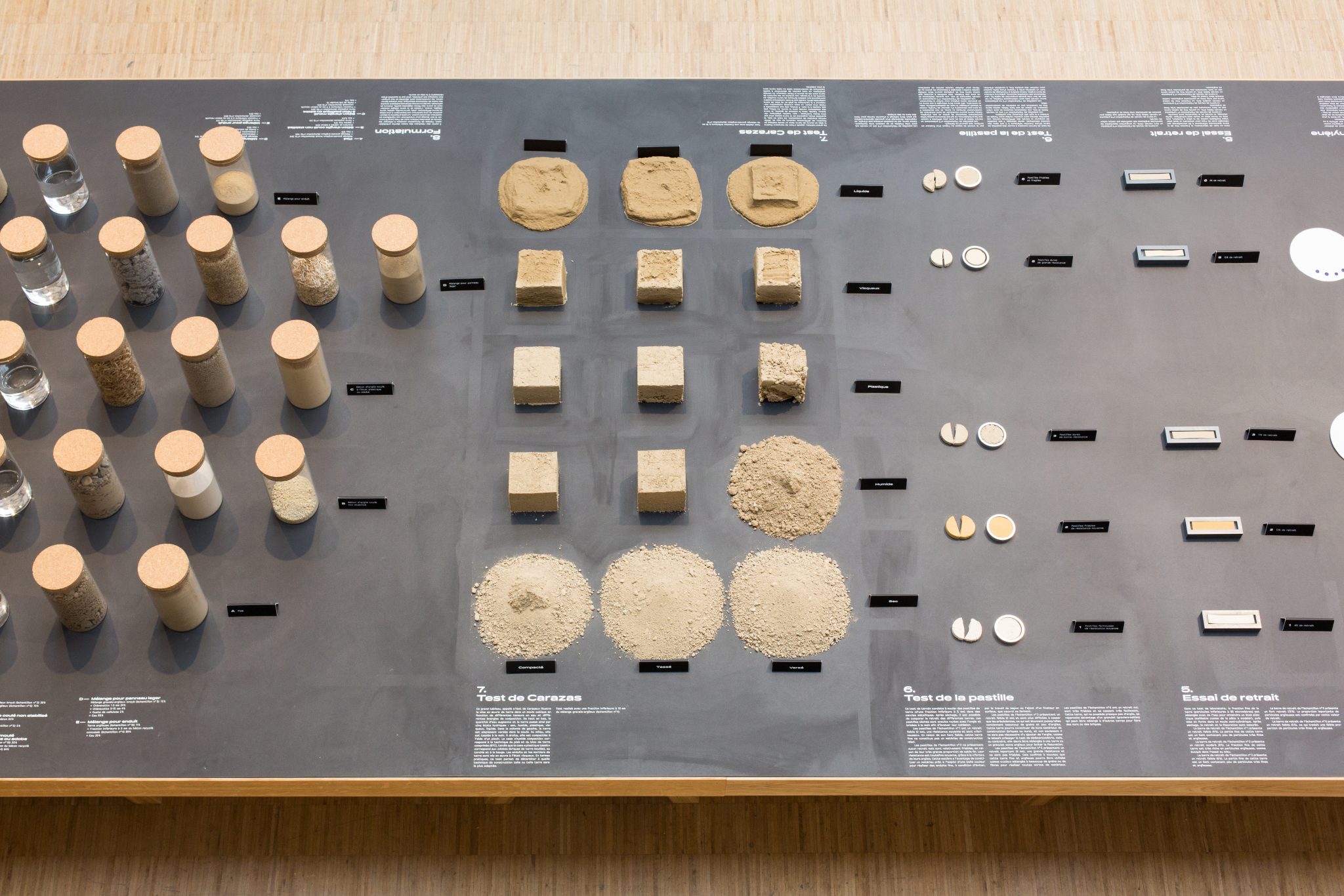
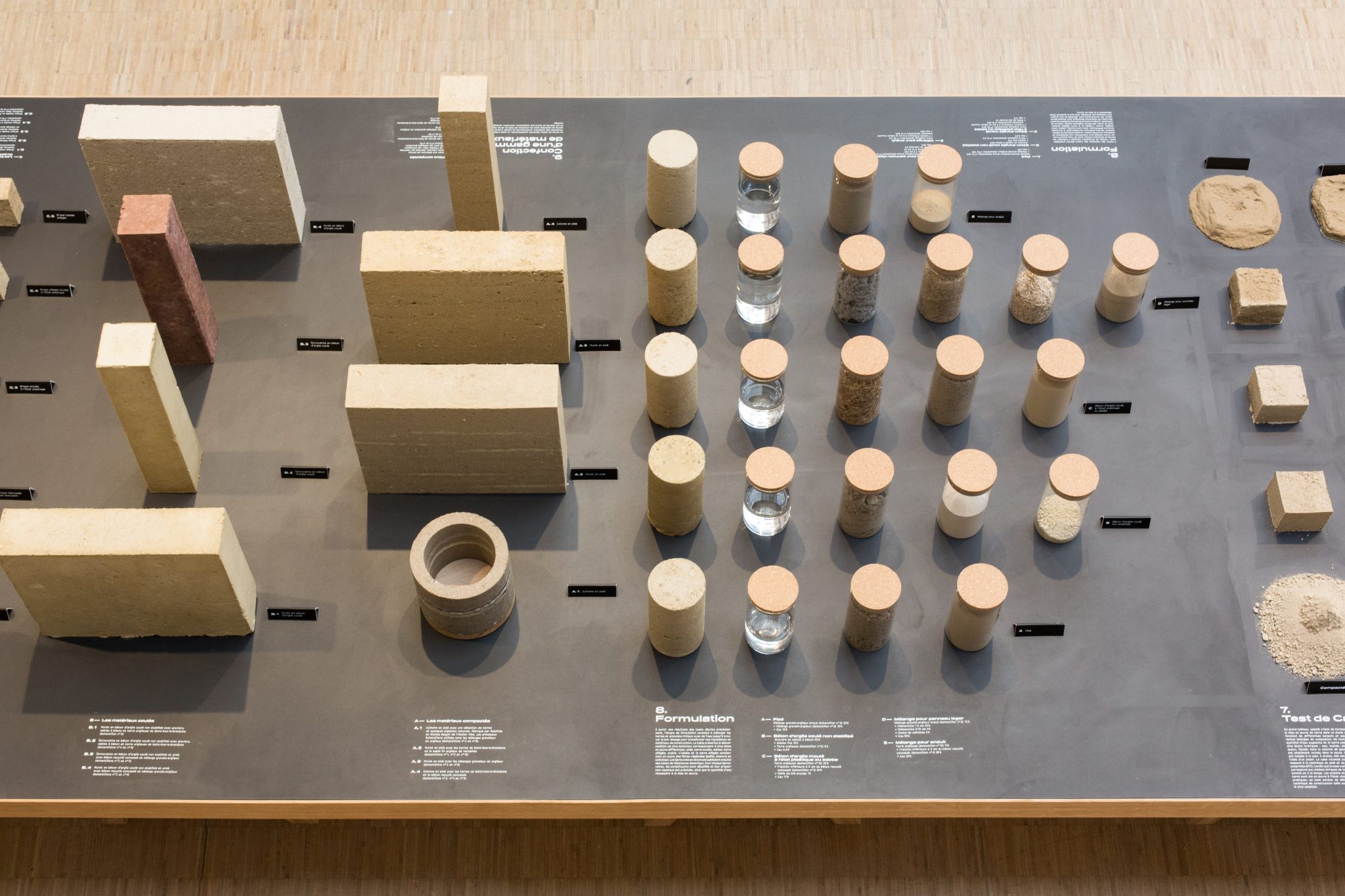
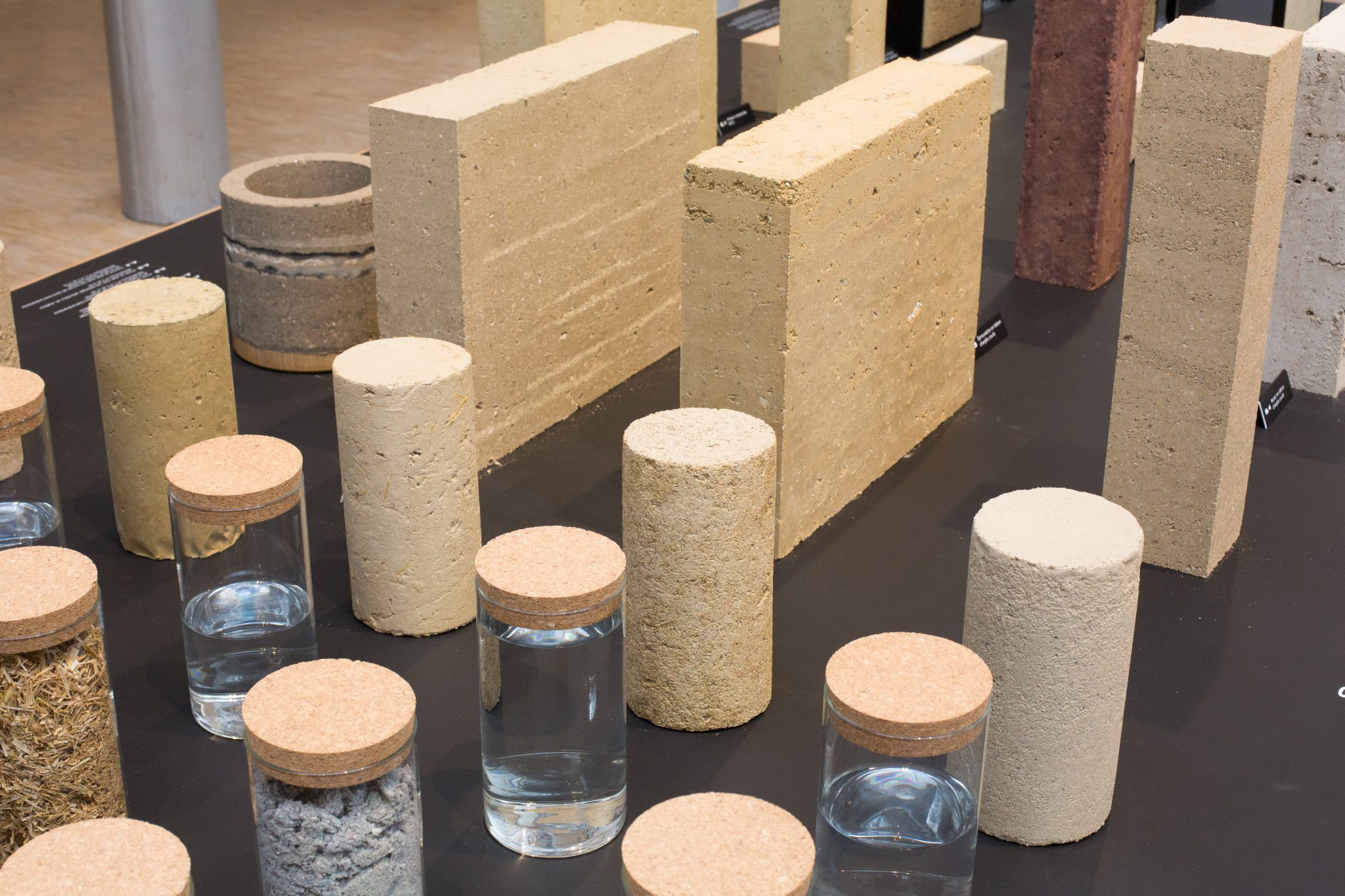
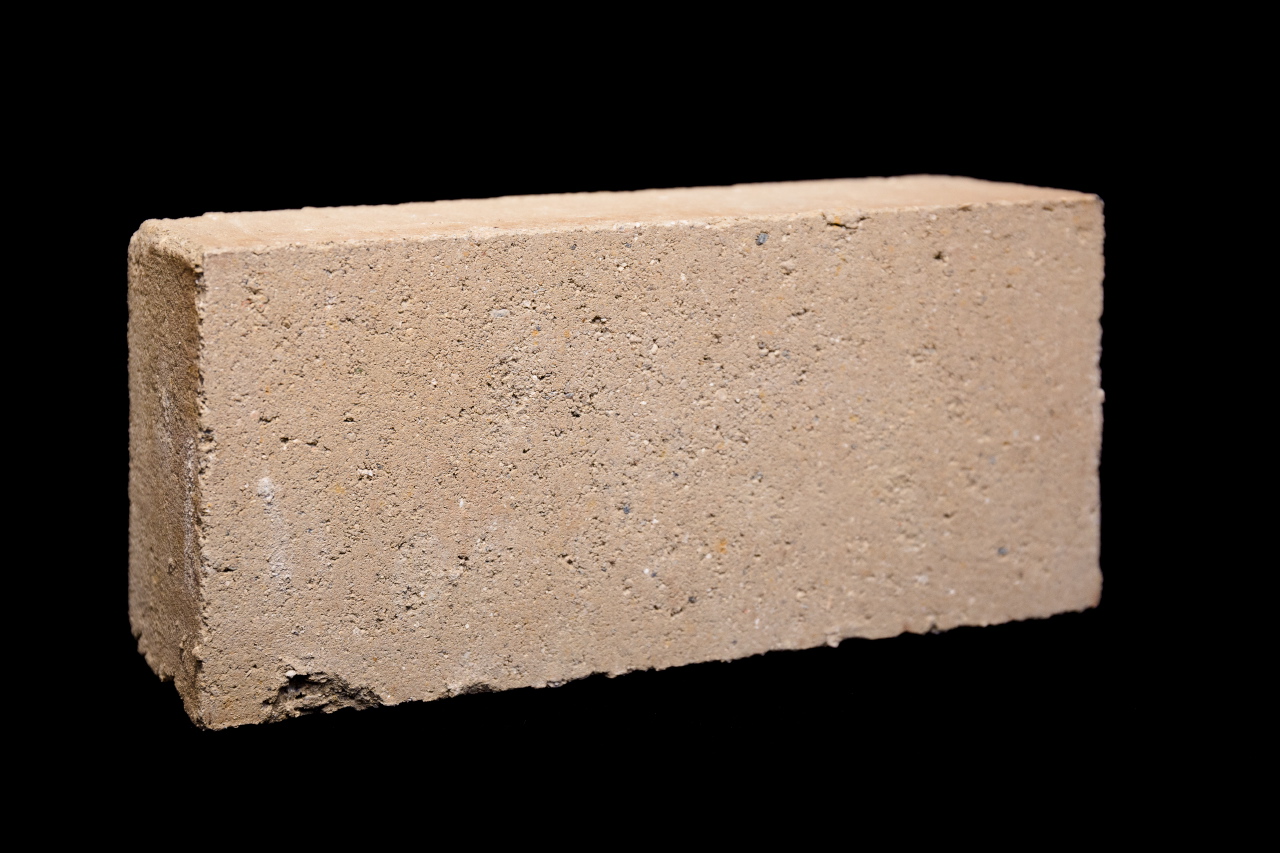
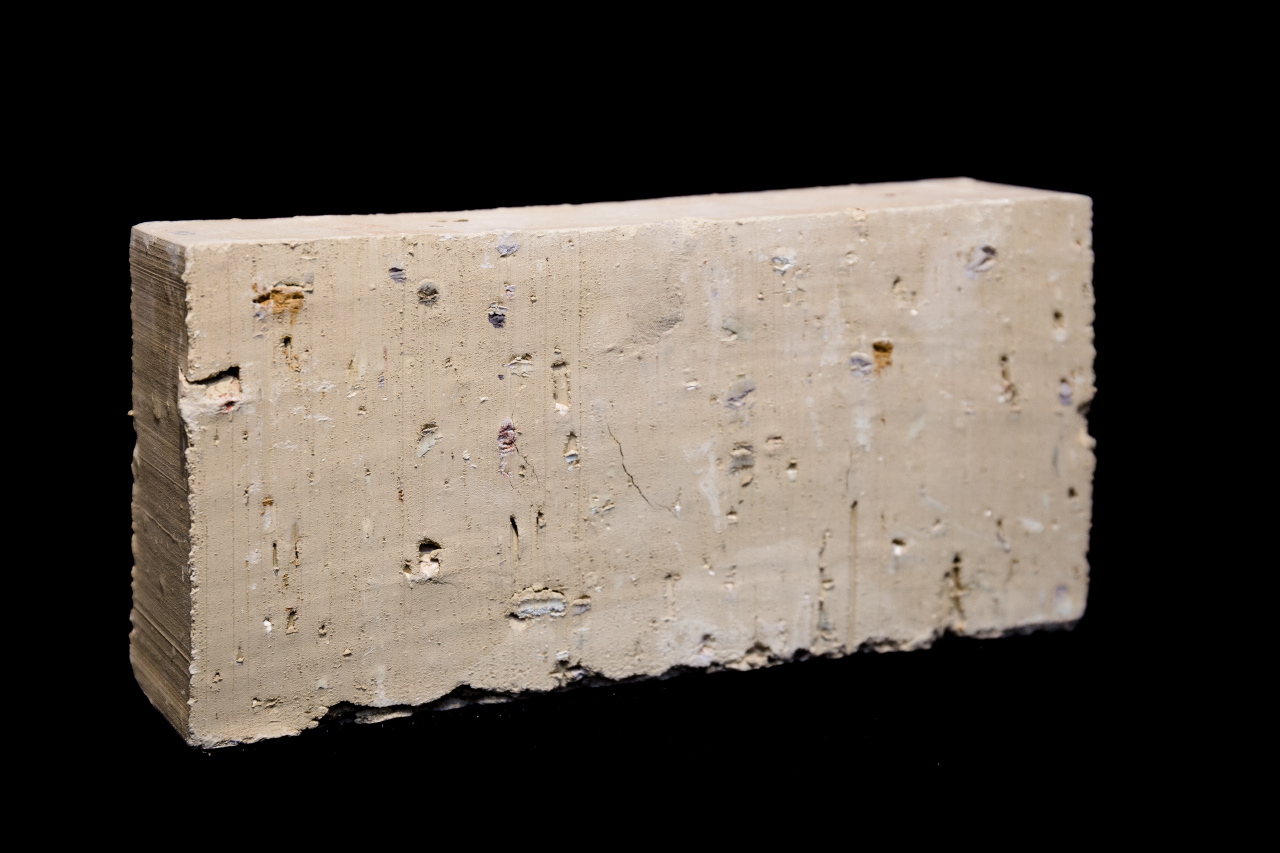
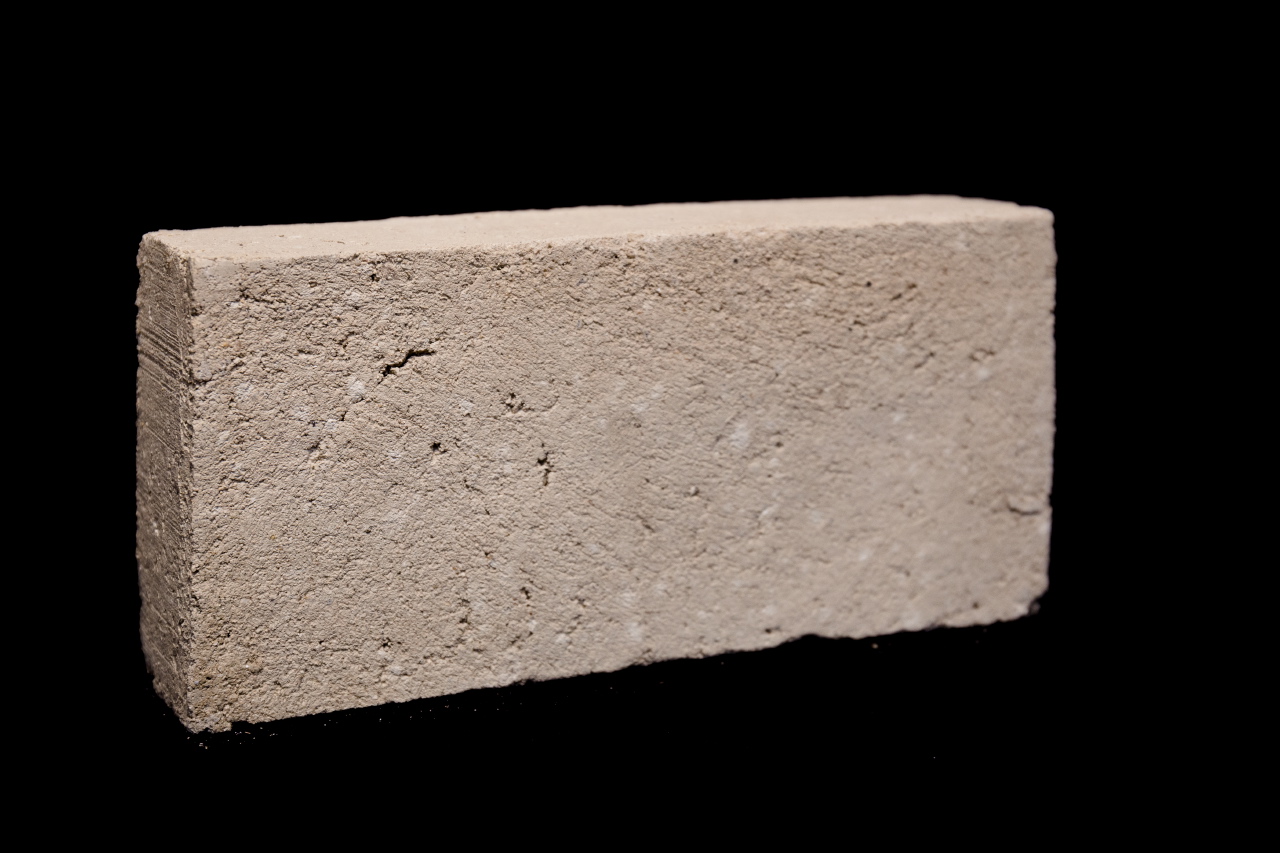
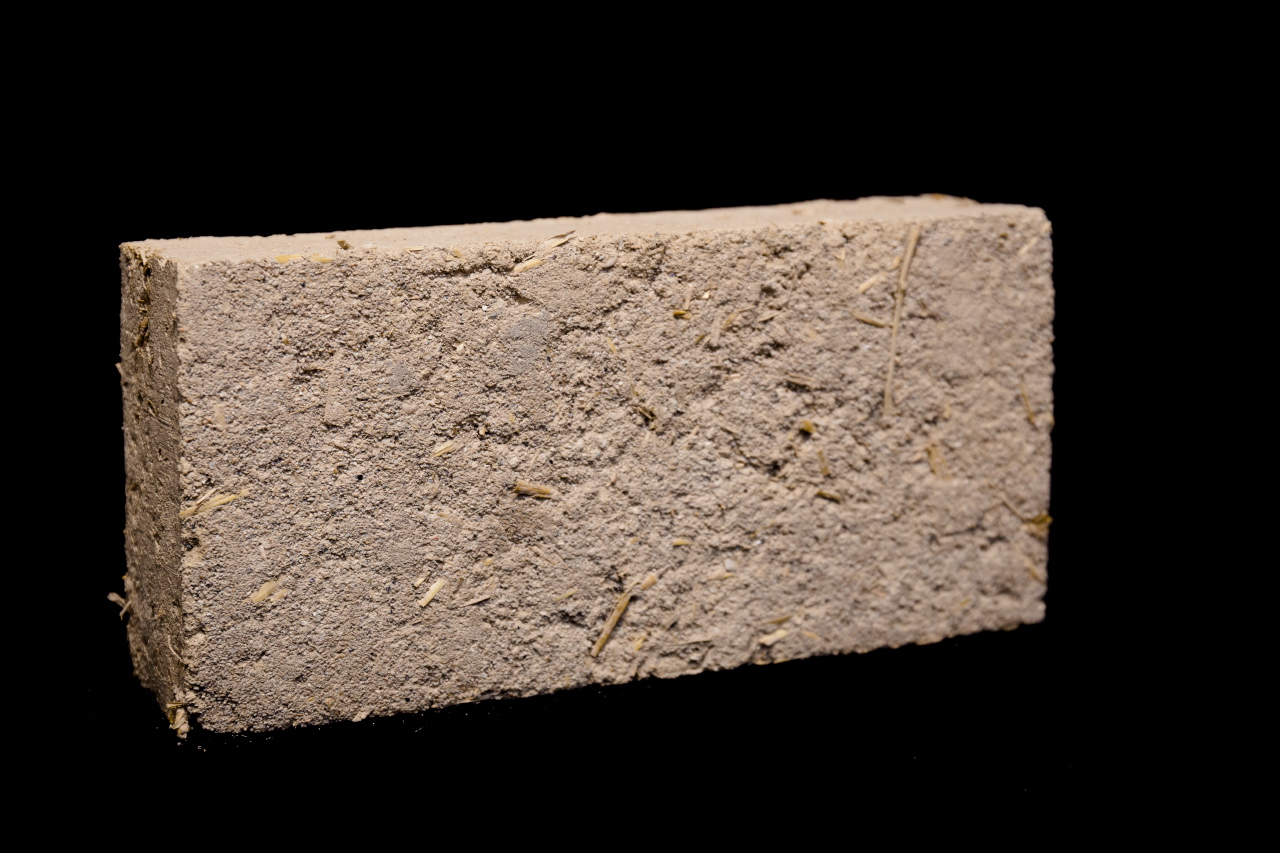
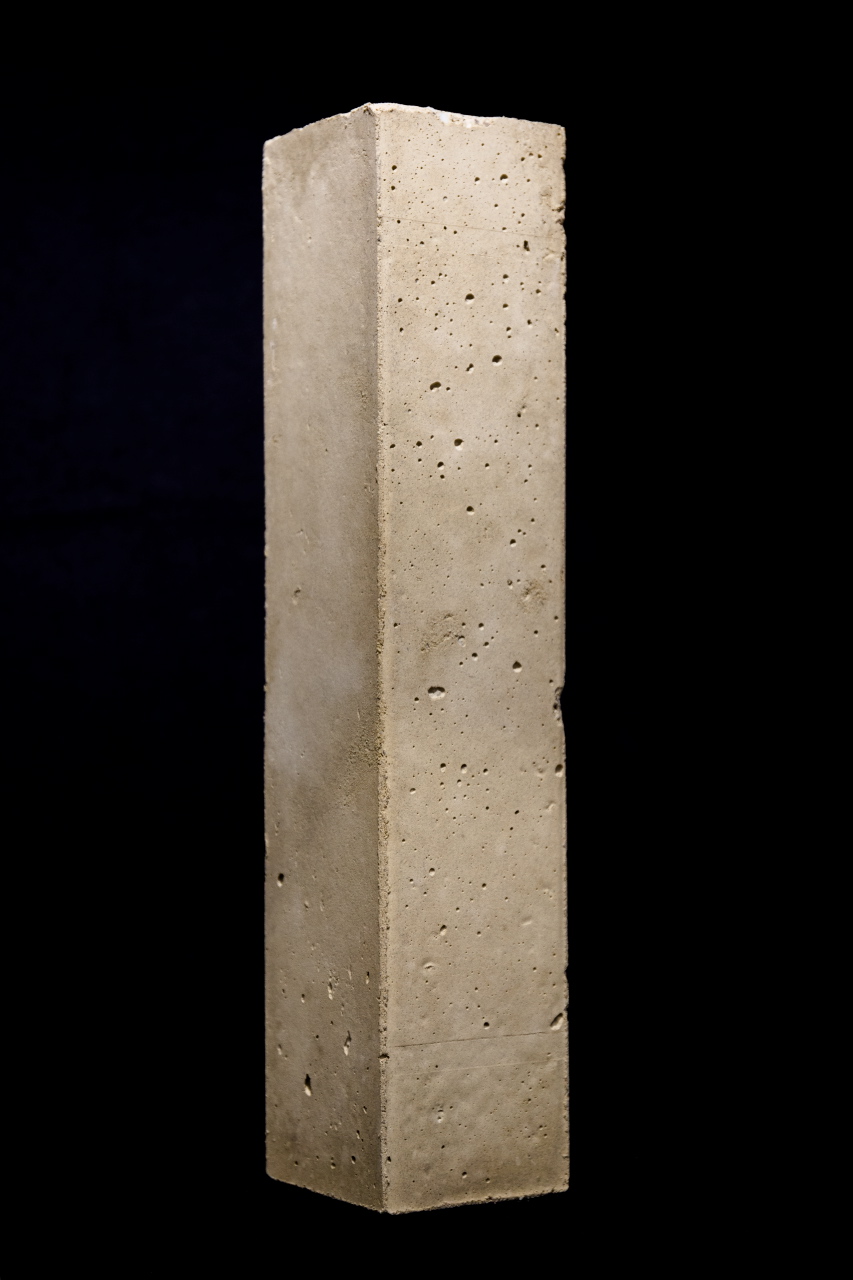
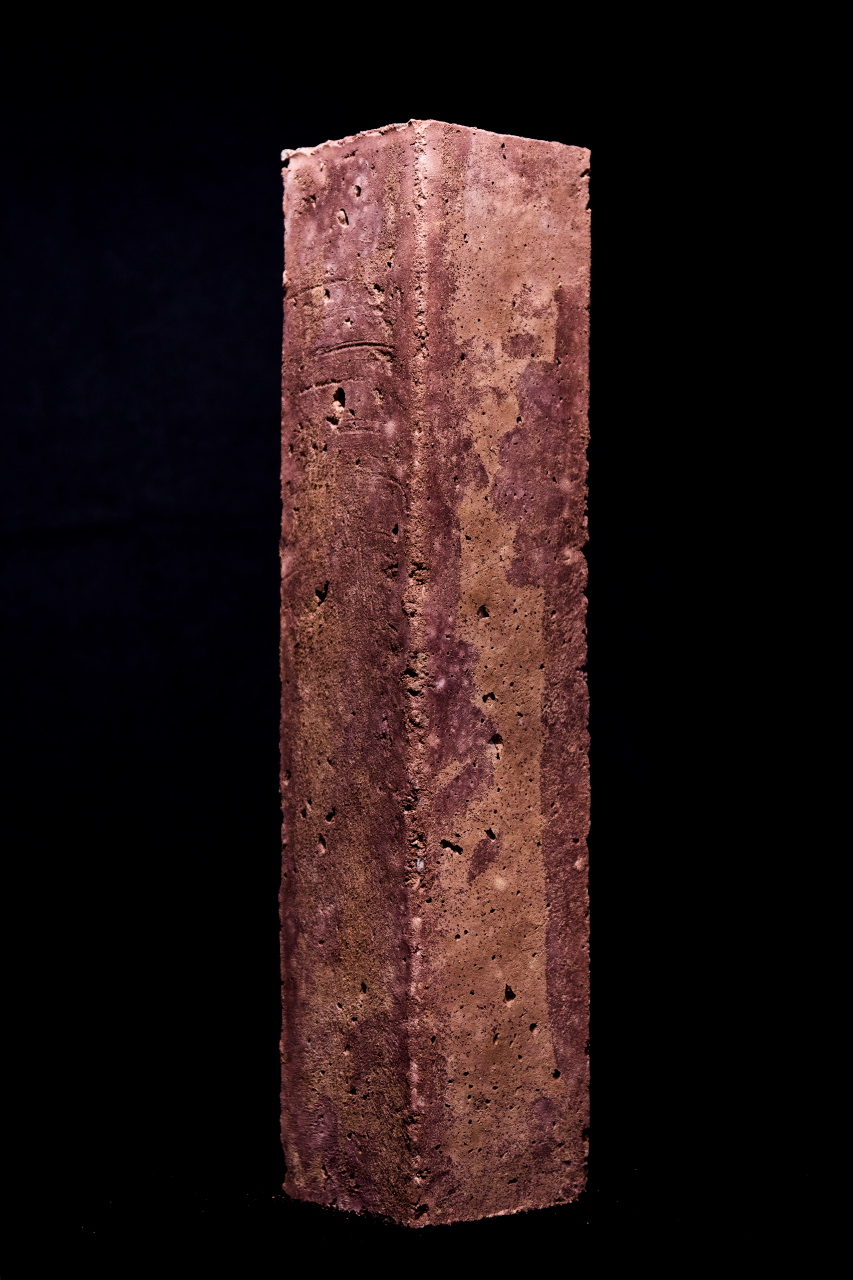
Terres de Paris, de la matière au matériau
Face aux montagnes de terres excavées chaque année en Ile de France – plusieurs dizaine de millions de tonnes – pour la réalisation des chantiers courants, Serge Joly & P. E. Loiret, commissaires de l’exposition, associés au centre de recherche amàco et au laboratoire CRATerre-Ensag, ont proposé au Pavillon de l’Arsenal d’expérimenter l’utilisation de cette ressource naturelle abondante pour la construction d’édifices contemporains en terre crue en zone urbaine dense.
contexte
Exposition - Recherche Expérimentation au pavillon de l’Arsenal, Paris
maîtrise d'ouvrage
Pavillon de l’Arsenal
calendrier
2016
mission
Serge Joly & PE. Loiret commissaires d’exposition
équipe
Amaco. Craterre – Ensag
photos
P-Y Brunaud